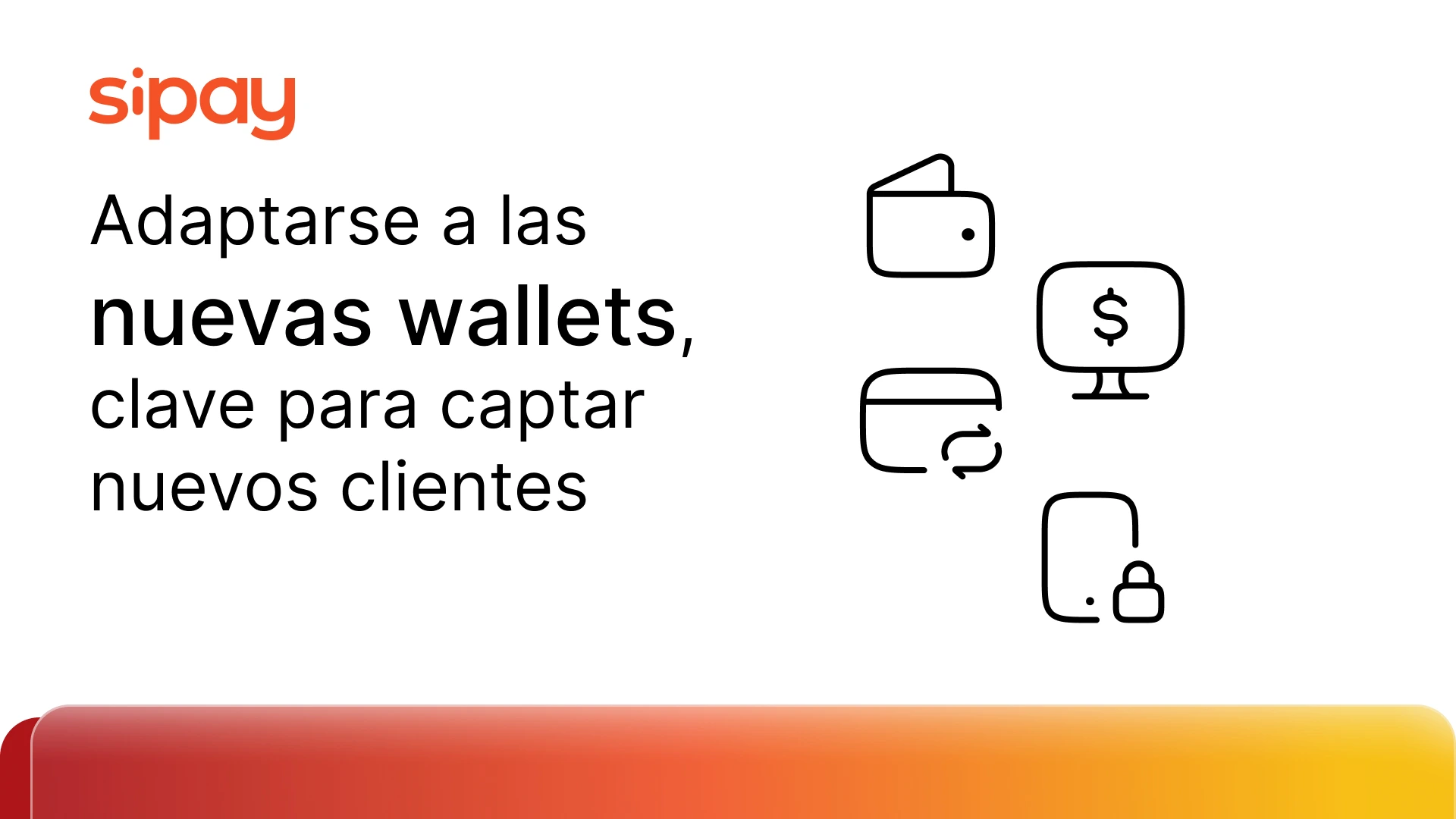Following the recent entry into force of PSD2, the European payment services regulation that brings important news affecting ecommerce and that imply a series of changes that are important to be aware of.
Few months have passed since the entry into force of PSD2 and ecommerce are starting to suffer its side effects. But, before going into detail about how this regulation is affecting merchants and knowing what changes it means for the final consumer, it is necessary to remember what it refers to and what exactly it consists of.
PSD2 is the new European Directive on payments whose main objectives are to increase security, protect the end consumer and promote innovation. One of the mayor changes that is introduced is the obligation to apply strong authentication (SCA) in transactions, affecting, above all, those made in the online channel.
It is necessary to remember that SCA consists of strong authentication in transactions through at least one of the following three factors: something the user knows (password), something they have (mobile device or card) or something they “are” (biometry by fingerprint, facial recognition, etc.).
Additionally, the regulation provides for both exceptions and exemptions that allow avoiding authentication in certain cases. Exemptions are those situations in which the commerce can request double authentication not to be applied for, meeting any of these established conditions: low value transactions (less than 30€), low risk analysis transactions, recurring transactions and transactions framed within a whitelist.
Exceptions are those transactions that fall outside the scope of the SCA and must be correctly identified to be treated as such. This is the case of the so-called “One-leg-out”, transactions originating from or directed to a country outside of the EU, transactions initiated by the merchant without the presence of the user (so-called MIT transactions), MO/TO (Mail Order/Telephone Order) transactions and B2B transactions.
Once these issues regarding what PSD2 is and what role SCA plays in this Directive, it is necessary to address the impact its application is causing in ecommerce and how the end client is affected.
Despite fact that a high percentage of users already make most of their purchases through the Internet, some users still have a feeling of lack of security when making purchases through the online channel.
How the regulation affects the buyer?
To be able to authenticate purchases, it is necessary for the user to be registered and to have the app from their bank, and although each bank can decide what identity verification method wants to use, the most common are validation through a code sent to the user’s mobile phone and validation through user’s access to their online banking account.
Although it is a straightforward process for the user and it provides more safety when making purchases, this new regulation requires a process of adaptation and learning, especially for those people that are not familiar with purchases over the Internet.
Among the advantages it has for the end consumer, the increase in the perception of safety and the attempt to reduce or prevent fraudulent operations that occur through card theft stand out. Additionally, being able to make purchases through biometric authentication is an extra protection and innovation highly valued by buyers.
¿How the regulation affects merchants?
Although it is possible each business may have a different answer for this question, in general the application of this regulation is generating some friction in the payment process, specially, this is the case for clients that do not have their bank’s app downloaded in their mobile phone. Despite that, this is a temporary situation that will last until the end consumer gets used to this form of authentication.
Among the benefits that the application of the regulation brings for businesses, the reduction in fraudulent transactions stands out, which improves user experience. Reinforcing the user’s perception of security, as well as guaranteeing agile and safe shopping experience, become aspects highly valued by the client when making a payment.
Sipay, a specialized gateway for omnichannel payment solutions whose mission is to help businesses sell more, highlight the importance of businesses offering a good customer journey in which customer service, based on accompanying the client throughout purchase process and making them feel helped and always advised, stands out. Thus, if the user feels safe and supported, businesses will see their abandoned carts ratio decrease and obtain a greater number of sales.



